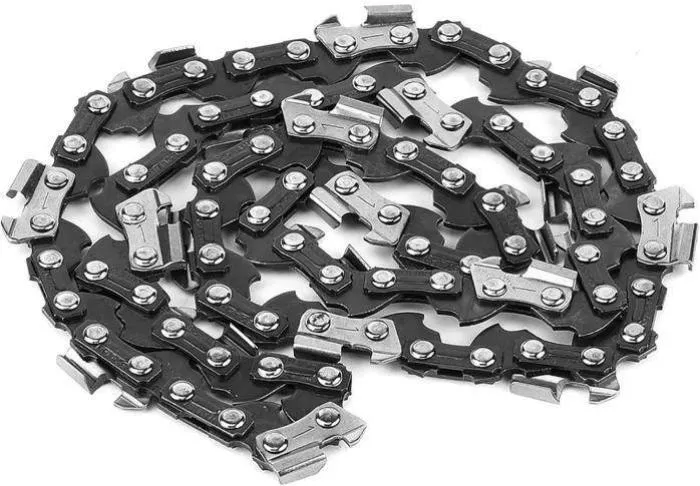Chainsaw chains are critical components that cut through wood, but over time, they can stretch during use, reducing efficiency and increasing user effort. If left unaddressed, a loose chain may even detach from the guide bar, posing serious safety risks. This guide outlines how to properly tighten a chainsaw chain while avoiding common mistakes.
Why Chain Tension Matters
A properly tensioned chain ensures optimal performance and safety. Key risks of improper tension include:
Chain Derailment: Occurs when the chain slips off the guide bar, often due to looseness.
Guide Bar Warping: Caused by excessive tension or slack, straining the saw.
Kickback: More likely with a loose chain, increasing injury risk.
Premature Wear: High tension stresses the clutch, bearings, and motor.
Precautions Before Tightening
Wait for the Chainsaw to Cool: Avoid tightening immediately after use to prevent burns from heated components.
Follow Manufacturer Instructions: Missteps may make it harder to locate the tensioning screw or adjust the chain correctly.
Avoid Over-Tightening: Excessive tension increases friction, accelerates wear, and risks chain binding in the bar groove, potentially stalling the engine or causing uncontrollable jerking.
Avoid Over-Loosening: This reduces cutting efficiency, tires the operator, and heightens the risk of the chain slipping off or kicking back.
Inspect for Wear: Check for severe wear before tightening. A damaged chain or guide bar should be replaced or repaired by a professional.
Step-by-Step Guide to Tightening the Chain
Identify Loose Chain Symptoms: Difficulty cutting logs or the chain detaching entirely signals the need for adjustment.
Locate the Tensioning Mechanism: Most chainsaws have a tensioning screw or knob near the guide bar. Refer to the manual if unsure.
Adjust the Tension: Turn the screw clockwise to tighten or counterclockwise to loosen. The chain should move slightly but not sag.
Test the Fit: Ensure the chain fits snugly on the bar without binding. It should move freely but stay in place under light pressure.
Recheck After Use: Chains may loosen during operation; recheck tension periodically.
When to Replace the Chain
Frequent retightening may indicate wear. If the chain still performs poorly after adjustment, it could be dull or damaged. A worn chain requires sharpening or replacement. Chains typically last a few months with frequent use; doubling the tightening frequency signals it’s time for a new one.
Safety Reminders
Chainsaws are powerful tools that demand respect. Always maintain proper tension, inspect the tool before and after use, and follow safety protocols to prevent kickback or chain detachment.
By mastering this simple process, users can extend their chainsaw’s lifespan and ensure safe, efficient operation. For gas-powered models, which are particularly noisy and physically demanding, extra caution is essential.
Related topics:
- Texas Chain Saw Massacre Game Ends Content Updates
- The Texas Chain Saw Massacre is getting no more content
- Los Angeles Police Arrest a Suspect in the Chain Saw

